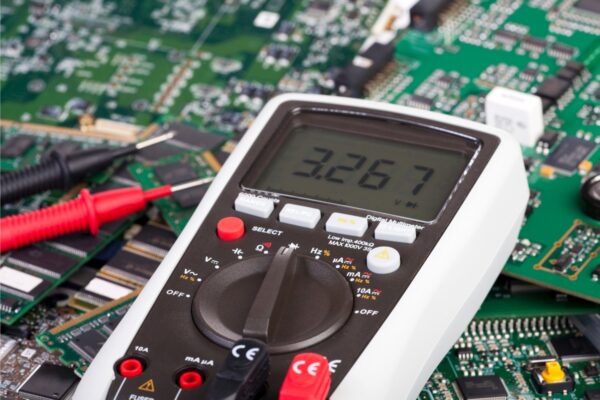What is Conductor
In PCB, a conductor, also known as a trace or track, refers to a copper or constantan area on the surface or internal layer of a PCB to transmit electrical energy within the circuit board. Conductors are typically composed of lands, which serve as connection points for component leads, and paths, which are the actual traces that guide the flow of electrical signals.
The configuration or design of the conductive material on the base laminate determines the conductive pattern through which electrical energy passes. This pattern includes conductors, lands, and through connections. Conductors are physically connected wires that facilitate the transmission of electrical energy, distinguishing them from pre-cables or fly lines that only establish an electrical connection without a physical connection.
The width and spacing of conductor traces are important considerations, depending on the copper thickness. The maximum allowed values for conductor trace width and space are determined by the specific requirements of the PCB. These conductors play a critical role in the functionality and performance of the PCB by enabling the efficient flow of electrical signals and power between different components and sections of the circuit.





